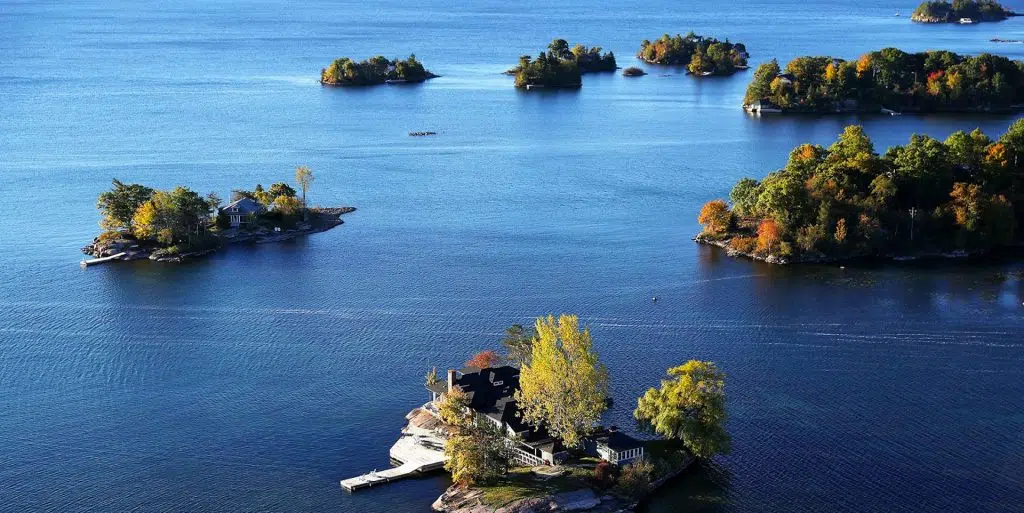The Thousand Islands region, including Thousand Islands National Park, has been declared an Important Amphibian and Reptile Area (IMPARA) by the Canadian Herpetological Society. The Canadian Herpetological Society’s mandate is to foster research and conservation of Canada’s reptiles and amphibians, collectively known as herpetofauna. Herptile is a term used to describe reptiles and amphibians. Both types of species live in similar habitats and share many traits.
IMPARA designations are given to regions and areas that have special worth and significance for the conservation of amphibian and reptile biodiversity and species at risk. The Thousand Islands ecosystem designated as an IMPARA covers the area where the Frontenac Arch intersects with the St. Lawrence River Valley; framed by the St. Lawrence River, Charleston Lake, and the Gananoque River. These large bodies of water are fed by numerous small lakes and streams, which together create a dynamic range of wetlands that support rare and diverse reptile and amphibian species. Common Five-lined Skink, Spotted Turtle, and Western Chorus Frog are examples of the many rare and threatened species that live in the Thousand Islands ecosystem. Habitat loss, road mortality and environmental contamination are major threats to reptiles and amphibians causing many species to be threatened and endangered. Federal and provincial parks, conservation authorities, universities, and land trusts protect approximately 10% of the land within the Thousand Islands IMPARA area.
Parks Canada helps address major threats to reptiles and amphibians by combining significant conservation efforts across a broad landscape. Thousand Islands National Park provides habitat for a diverse range of reptiles and amphibians including 10 species of snakes and lizards, 5 species of turtles, 10 species of frogs and toads, and 6 species of salamanders. Many of these species are at risk, including the Gray Ratsnake, one of the largest snakes in Canada. Gray Ratsnake populations in Canada are limited to two small areas of Ontario, the Thousand Islands ecosystem and on the north shore of Lake Erie. The park’s reptile and amphibian recovery and education (RARE) program helps to protect turtles – saving eggs and releasing hatchlings back into Thousand Island waterways – as well as the Western Chorus Frog, the Grey Ratsnake, skinks and salamanders.
More information about IMPARA areas in Canada is available from the Canadian Herpetological Society at http://www.canadianherpetology.ca/conservation/impara.html

